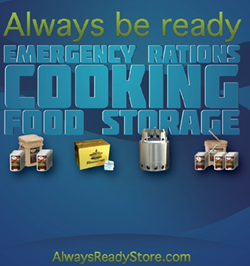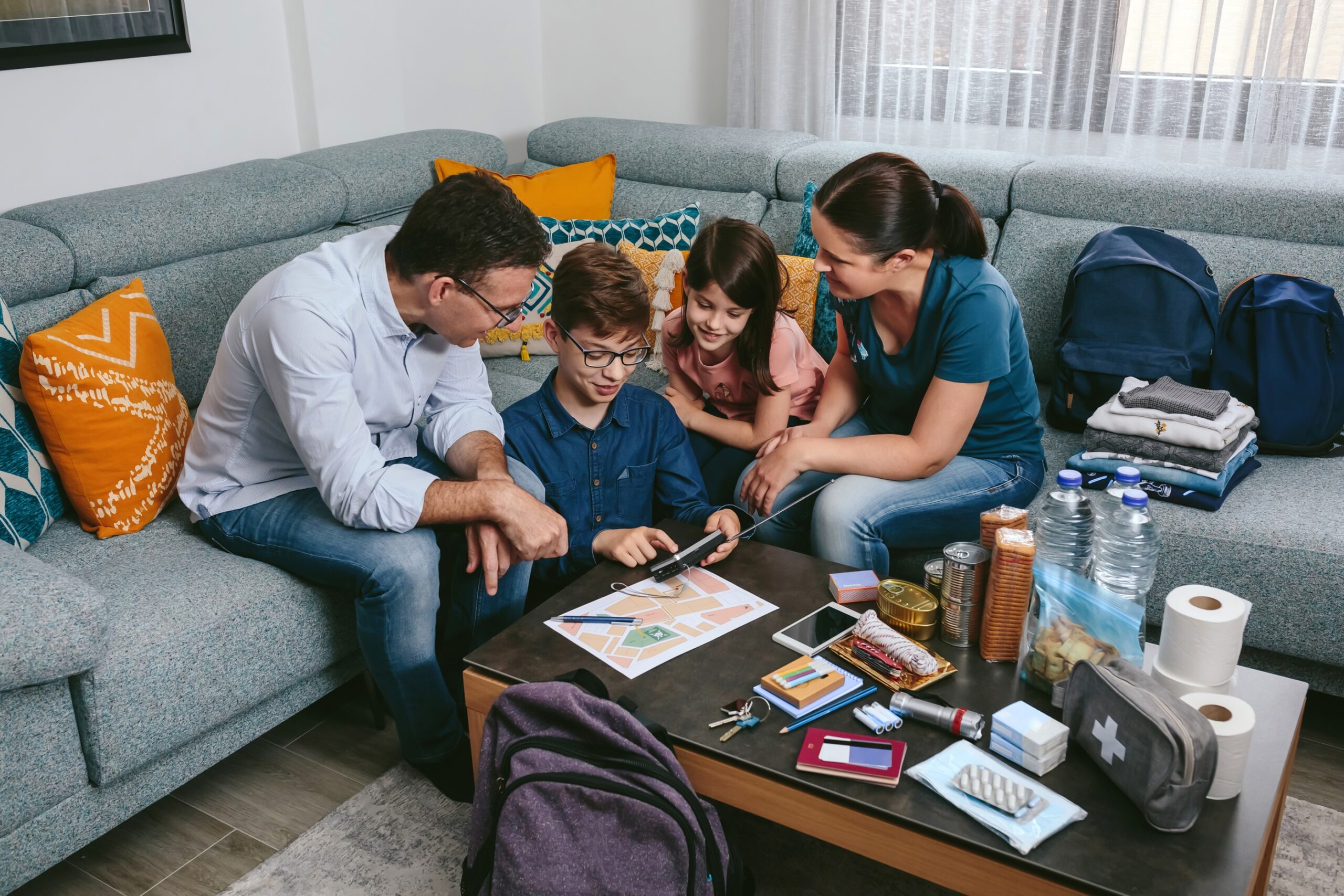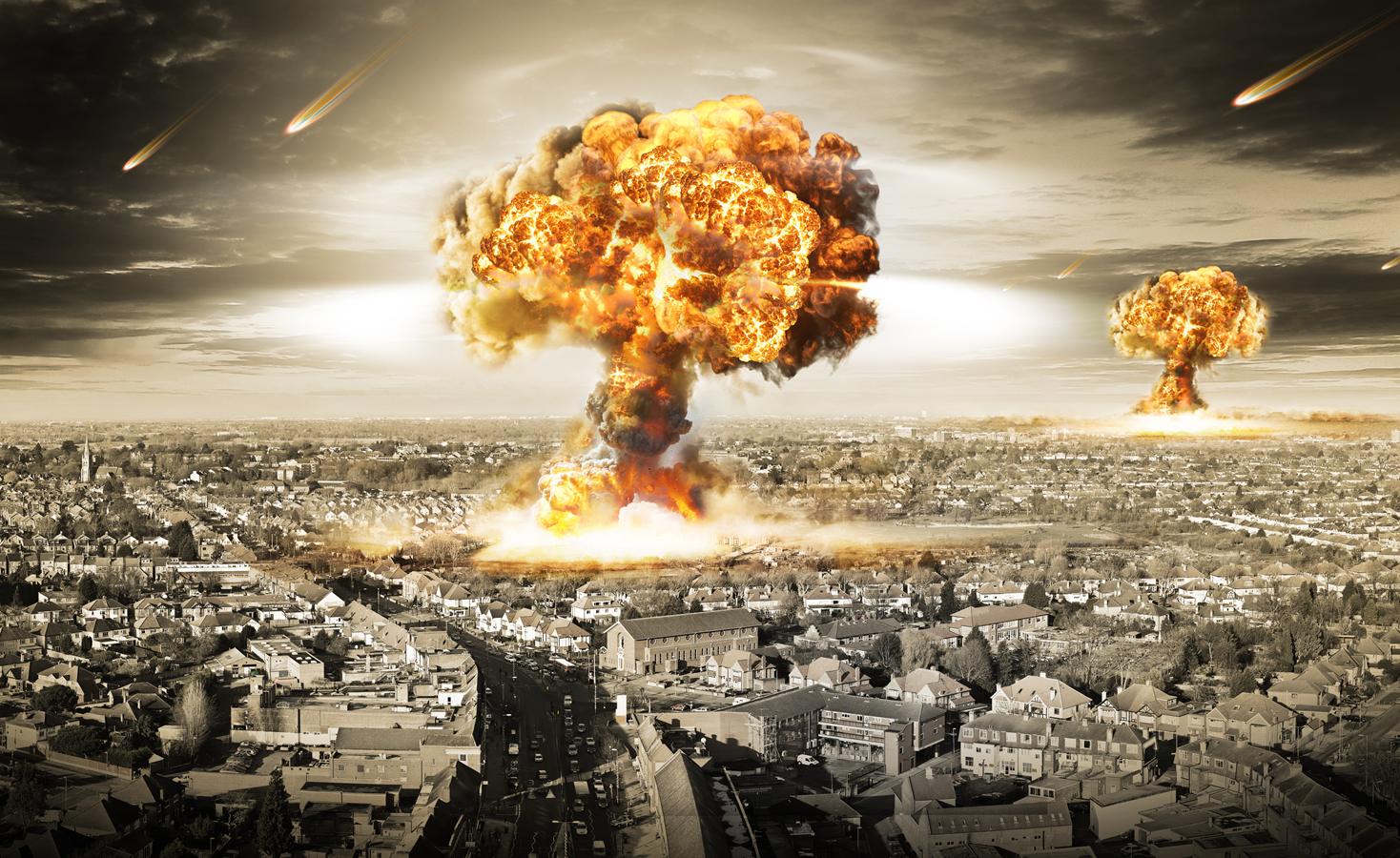Introduction
During disasters, whether natural or man-made, many people turn to local and national government agencies for assistance and relief. But is this reliance truly dependable? While government support can be valuable, it often falls short in many critical areas, leaving individuals, families, and communities vulnerable. In this article, we explore why depending solely on government aid might not be the best strategy and why a focus on individual, family, and community preparedness is essential for ensuring survival and resilience.
Table of Contents
- Understanding Government Response Limitations
- Challenges in Accessing Relief During Major Disasters
- Why Individual and Family Preparedness Is Crucial
- The Role of Community Preparedness in Disaster Resilience
- FAQ: Common Questions on Preparedness vs. Government Support
1. Understanding Government Response Limitations
While local and national government agencies have a mandate to provide relief during emergencies, their effectiveness can be hampered by numerous factors. Some of these include:
- Logistical Challenges: Large-scale disasters disrupt infrastructure, making it difficult to deliver aid to affected areas. Roads can become impassable, communication lines may be down, and transportation delays can prevent timely relief.
- Overwhelming Demand: In the event of a major disaster, the sheer number of people needing assistance can outstrip available resources. This leads to rationing, long waiting times, and uneven distribution of essential supplies.
- Budget Constraints: Governments work with finite resources. Depending on the magnitude of the disaster, funds may be quickly depleted, limiting the amount and type of aid they can offer.
- Political and Bureaucratic Delays: Emergency response often involves multiple layers of decision-making, approvals, and bureaucratic procedures. Delays in coordination between different levels of government (local, state, and federal) can lead to slow response times and mismanagement of resources.
2. Challenges in Accessing Relief During Major Disasters
Even when government support is available, accessing it is not always straightforward:
- Lengthy Response Times: Depending on the severity of the situation, it can take days or even weeks for relief efforts to reach affected areas. Meanwhile, individuals and families may be left to fend for themselves without access to food, water, or medical supplies.
- Inequitable Distribution: Relief is often prioritized based on strategic or political interests, leaving some communities underserved. Rural areas, in particular, can suffer from slow or minimal assistance due to their remote locations.
- Communication Breakdowns: During crises, misinformation, and poor communication can lead to confusion about where to go for help, who qualifies for aid, and what resources are available.
These challenges highlight the need for proactive planning at the personal and community level to fill the gap when government support falls short.
3. Why Individual and Family Preparedness Is Crucial
Personal preparedness is the cornerstone of survival. Depending solely on external sources for aid can be a risky gamble. Here’s why individuals and families should take the lead in their own disaster readiness:
- Self-Sufficiency Ensures Immediate Survival: Having your own food, water, medical supplies, and emergency plan in place means you can sustain yourself and your family until help arrives, if it arrives at all.
- Knowledge and Skills Are Life-Saving Assets: Knowing how to purify water, administer first aid, or handle common injuries can be just as important as having a stocked pantry. When government support is delayed, these skills can make the difference between life and death.
- Tailored Preparedness: Government agencies have to create one-size-fits-all responses. Individual preparedness allows for customized plans that cater to specific health conditions, dietary needs, and personal safety considerations.
4. The Role of Community Preparedness in Disaster Resilience
Strong communities are better equipped to withstand disasters than isolated individuals. Community preparedness can take many forms, such as neighborhood safety groups, shared emergency supplies, and local support networks. Here’s how it contributes to overall resilience:
- Shared Resources and Skills: Community members can pool resources and skills, providing a wider safety net. For example, one family may have medical expertise, while another has a generator or water filtration system.
- Enhanced Communication: Community networks can establish reliable communication channels to disseminate information quickly and efficiently, filling the gap when official channels are overwhelmed or offline.
- Collective Action Plans: Community preparedness groups can organize response strategies that protect the most vulnerable, such as the elderly or disabled, ensuring that no one is left behind during evacuation or recovery efforts.
FAQ: Common Questions on Preparedness vs. Government Support
Q1: If the government has agencies like FEMA, why is it still necessary to prepare individually?
A: FEMA and other agencies are often spread thin during widespread disasters. Preparing individually ensures you have immediate access to critical resources and aren’t left waiting for help that may be delayed.
Q2: Aren’t local governments better equipped to provide support?
A: While local governments may be more responsive than federal agencies, they can also be quickly overwhelmed by demand and face the same logistical issues, such as impassable roads or power outages.
Q3: What should a basic family preparedness plan include?
A: A basic plan should include at least 72 hours of food and water, a first aid kit, a communication plan, emergency contacts, and essential survival skills such as basic fire-making and first aid.
Q4: Can communities really handle disasters on their own?
A: Communities that have prepared in advance can certainly mitigate the impact of disasters. However, this requires organization, training, and cooperation to be effective.
Q5: How can I get started with community preparedness?
A: Start by forming a neighborhood group, assessing potential risks, and creating a shared emergency plan. Regular meetings, resource sharing, and community drills are good starting points.
Conclusion
While local and national government support can be a vital resource during times of disaster, it should not be relied upon as the sole lifeline. Challenges such as logistical delays, resource shortages, and bureaucratic barriers can severely limit the effectiveness of official relief efforts. Instead, focus on building resilience at the individual, family, and community levels. By taking proactive steps to prepare, you ensure that you and those around you can weather any storm—regardless of external support availability.








0 Comments